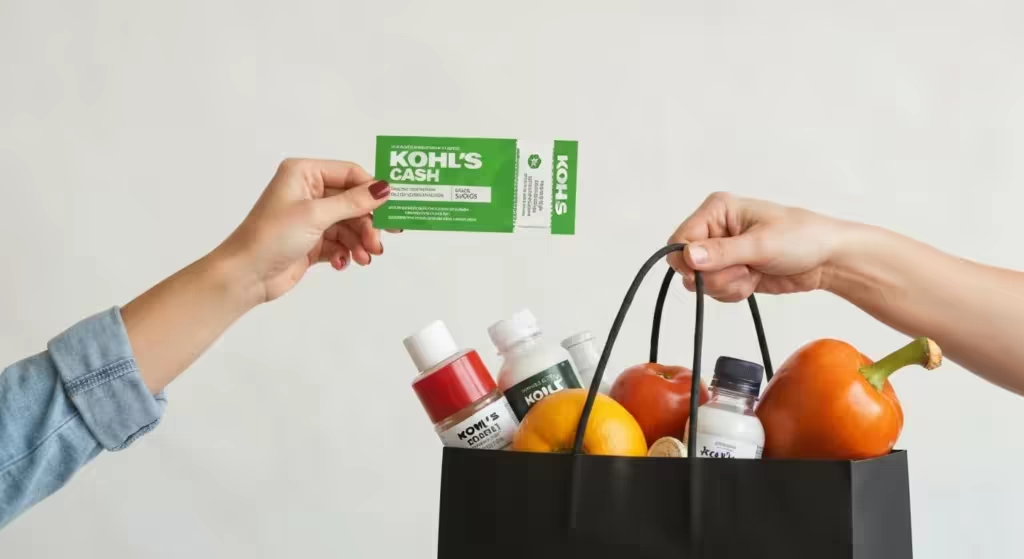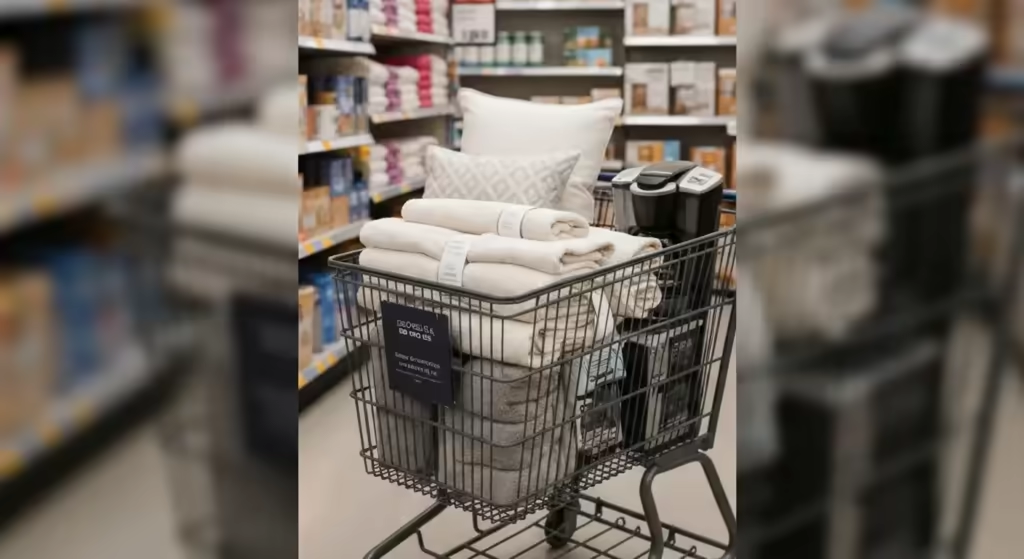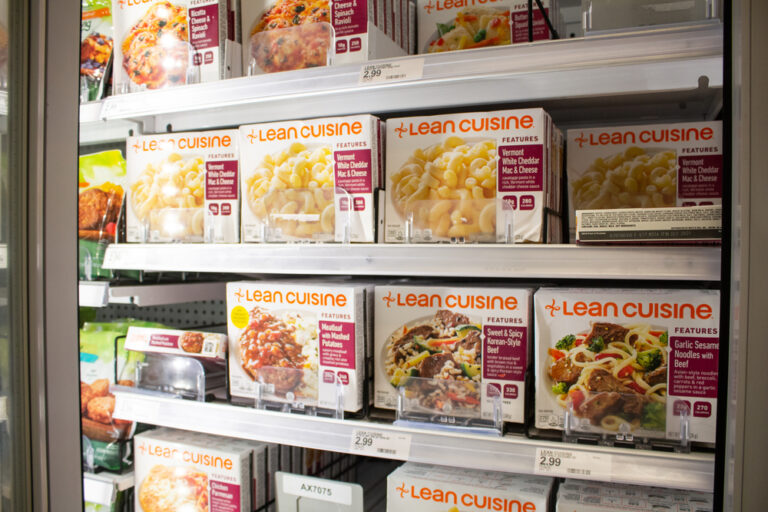One of the most important reasons why people decide to shy away from healthy eating naturally is that it costs a lot. Which is fair enough, if you ask me. This perception isn’t just a myth; it’s a reality for many households trying to make ends meet. When you walk through a grocery store, it’s easy to see the price difference between a bag of processed snacks and a punnet of fresh, organic berries. And it’s true that eating healthy can get quite expensive, especially if you also have other mouths to feed, each with their own needs and preferences. The pressure to provide nutritious meals while grappling with a tight budget and rising inflation can feel overwhelming, leading many to believe that a healthy lifestyle is a luxury they simply can’t afford.
Many people always ask how and why we eat the way we do, often wondering what secrets we’ve discovered to make it sustainable. Common questions range from “Is organic produce really worth the extra money?” to “How can I possibly afford fresh vegetables for a family of five?” Today, we decided to share what we managed to find on the internet and through our own trial-and-error, because in all fairness, we do wish to eat better and healthier, and we also want to be able to afford it without constant financial stress. We believe that access to nutritious food is a cornerstone of well-being, not a privilege. Are you in the same boat? If you’re looking for practical, real-world strategies to nourish yourself and your loved ones without emptying your wallet, then you’ve come to the right place.

Buying fresh produce on a budget
As soon as you decide to take your health into your own hands, you could end up finding yourself somewhere close to the produce department, not sure what you’re supposed to buy and definitely terrified of the cost of everything. The vibrant colors and vast selection can be both inspiring and intimidating. You see the beautiful red bell peppers, the lush green spinach, and the exotic-looking dragon fruit, but then your eyes drift to the price per pound, and a wave of anxiety can set in. It’s a common experience to feel a bit lost and financially strained in that part of the store.
Eating healthy could require a huge amount of produce, especially since fruits and vegetables are the cornerstones of a healthy diet. Think of them as the foundation upon which you build your overall wellness. They are quite rich in vitamins, minerals, healthy fats, carbohydrates, and everything you could possibly need to nourish your beautiful body. For instance, leafy greens like spinach and kale are packed with iron and calcium, while brightly colored fruits like oranges and strawberries provide a powerful dose of Vitamin C. The fiber they contain is essential for digestive health, and their antioxidants help combat cellular damage, truly making them nature’s medicine.
There are all kinds of different budget-friendly places to get good fruits and vegetables. Beyond the obvious, you can find amazing deals and high-quality items if you know where to look. Probably the most common places are your average supermarket, farmers market, co-ops, and all the nice things from your garden! Additionally, consider looking into Community Supported Agriculture (CSA) programs, where you buy a “share” of a local farm’s harvest, or even U-Pick farms, which can be a fun and incredibly affordable way to get the freshest possible produce.
If you’re someone who constantly has to deal with a hectic schedule, and gardening isn’t exactly something you’re actually ready to commit to, fret not! Growing your own food is wonderful, but it’s far from the only path to affordable, healthy eating. You can still find a bunch of reasonably priced produce that you and your family can enjoy together. The key is to shop smarter, not necessarily harder. By incorporating just a few of the following strategies, you can significantly reduce your grocery bill while increasing the quality of the food on your table. Here’s what we learned about shopping smart but healthy.
Buy seasonal
Probably the best way to save money when you buy produce is to shop with the seasons. This is the number one rule for budget-conscious, healthy shoppers. Seasonal food is way cheaper and doesn’t require anywhere as much effort to produce. Think about it in terms of supply and demand: when strawberries are in peak season during the summer, they are abundant, and the price plummets. Trying to buy those same strawberries in the dead of winter means they’ve been grown in a greenhouse or shipped from halfway across the world, dramatically increasing their cost. This allows farmers to use natural pesticide-free practices or even grow them organically, especially since Mother Nature is creating the proper environment for them to grow.
Most non-seasonal produce generally grows thousands of miles away. On top of that, it’s more than likely picked prematurely with shipping time taking at times weeks to get to your local market. This early picking is necessary to ensure it doesn’t spoil in transit, but it comes at a cost to both flavor and nutrition. Since the nutrients present in fruits or vegetables—especially delicate ones like Vitamin C and B vitamins—largely deplete after a couple of days of picking, keeping optimal nutrition is increased when shopping seasonally. A locally grown, seasonal tomato picked yesterday is going to be far more nutritious and flavorful than one picked green three weeks ago on another continent.
Looking for what’s in season in your local area? You can check out Sustainable Table and get a complete list of what you need to buy. We suggest printing out a seasonal guide for your region and sticking it on your fridge as a handy reminder. Buying seasonal produce has been a wonderful penny saver and also allows you to take advantage of the changing abundance of produce offered season after season. It encourages culinary creativity, pushing you to try new recipes and new vegetables you might otherwise overlook, which keeps your meals exciting and your diet diverse.
Shop Local
Amongst my favorite places to shop are definitely the local farmer’s markets. This is a wonderful way to source organic, pesticide-free fruits and vegetables without actually paying the higher prices of health food markets. The atmosphere is often vibrant and communal, turning a simple grocery run into an enjoyable weekend outing. You get to connect with your food source on a personal level, which is an experience you simply can’t get in a large supermarket chain.
Building relationships with your local farmers can turn out to be a golden decision, especially when it comes to shopping on a budget. Don’t be shy—ask them about their farm, their growing methods, and what they’re most excited about that week. Over time, as they recognize you as a regular, you’ll be surprised by the benefits. In most cases, I managed to get free or even low-cost produce simply because farmers needed to clear out their inventory at the end of the day or had “ugly” produce that was perfectly delicious but not visually perfect for a full-price sale.
And since the farmers sell directly to the consumer, they can easily offer lower prices and fresher produce. They cut out the middlemen—distributors, wholesalers, and retailers—which means fewer markups and more savings passed on to you. If you’re looking for a farmer’s market in your area, you can check Local Harvest. As I mentioned before, when you buy produce from supermarkets, so much of it is picked weeks before you buy it. This automatically results in produce that’s not 100% ripped, or it doesn’t have the nutritional density due to aging on the truck or shelf. Shopping local drastically shortens the time from farm to table.
The wide majority of farmers sell freshly picked produce, and some of them are even picked the same day. I didn’t even realize what a huge difference this could be until I tried it myself. The comparison is truly night and day. Once you’ve tasted a carrot pulled from the ground that morning or a strawberry still warm from the sun, the supermarket versions will seem pale in comparison. For instance, when you buy kale from the supermarket versus local farmers, you can always taste and smell the difference.
It’s actually obvious. The kale from the farmer’s market is more flavor-packed than that of the supermarket, and even when you cut it, the fresh, earthy smell of the kale from the farmer’s market is definitely stronger. The texture is crisper, and the color is more vibrant. This superior flavor means you often need less salt, sugar, or heavy dressings to make your food taste amazing. Besides, it lasts much longer in the refrigerator, which is definitely a win. This longevity reduces food waste, saving you even more money in the long run.
Conventional versus organic
In all fairness, it’s worth prioritizing organic produce whenever you can, especially if you feed an entire household. Why? Well, it’s the number one secret to limiting your exposure to pesticides, fungicides, and any other environmental contaminants that could potentially affect your health. The goal of organic farming is to work with nature, using practices that promote ecological balance and conserve biodiversity. While the science on the long-term health effects is still evolving, many people choose organic for peace of mind.
As much as I’d love to buy everything organic, I still need to stay within the budget. This is where a strategic approach is essential. For example, I love using the Dirty Dozen & Clean Fifteen Guide when it comes to buying produce and prioritizing organic food. This guide, updated annually by the Environmental Working Group, lists the produce with the highest and lowest pesticide residues. The Dirty Dozen (like strawberries, spinach, kale) are worth buying organic, while the Clean Fifteen (like avocados, corn, pineapple) have thick peels that protect them, so buying conventional is a safer bet.
Suppose organic produce isn’t an option for you, whether because of your budget or availability (which is again, totally understandable), you shouldn’t worry. Eating conventional produce is far better than eating no produce at all. There are all kinds of precautions you can take, such as peeling your produce or even submerging them in vinegar baths. A simple and effective wash can be made with one part white vinegar to three parts water. Let your produce soak for 15-20 minutes, then rinse thoroughly. For firm-skinned items like potatoes or cucumbers, a good scrub with a vegetable brush also works wonders.
This can easily eliminate some of those contaminants. There’s also a growing community of non-certified organic farmers, who still use the same sustainable pesticides-free practices but decide not to certify their products due to increased costs. The USDA organic certification process can be prohibitively expensive and time-consuming for small family farms. This is another fantastic reason to shop at farmer’s markets, where you can speak directly to the grower and ask about their methods. You may find they follow organic principles without the official (and costly) label.

Buy bulk
Increasingly more organic produce is out there to be found in supermarkets and wholesale bulk club stores such as Costco & Sam’s Club. Just because it’s organic doesn’t automatically mean it’s going to be expensive, especially if you buy bulk. These stores often carry large bags of organic spinach, carrots, apples, and mixed greens at a fraction of the per-unit price you’d find in a traditional grocery store. The key is to only buy what you know you can use before it spoils, focusing on items your family consumes regularly or produce with a longer shelf life like potatoes, onions, and winter squash.
Crafting your own routine pit-stops where you get “your stuff” will definitely help you a lot when it’s shopping time. Think of it as creating a strategic map for your grocery needs. For example, I have around 4 to 5 locations that I buy my produce from, and they all depend on my available time and convenience. I might know that Costco has the best deal on organic berries, my local supermarket has the best price on avocados, and the weekend farmer’s market is the go-to for tomatoes and fresh herbs. A little planning goes a long way.
I highly recommend you check out the main difference between bulk food stores so you can get a wider idea of what they offer. Don’t be afraid to leverage the store’s staff to your advantage. You can also talk to the local produce managers in your area to check what kind of bulk deals they can offer you. Many people don’t realize that you can often request to buy a full case of an item for a discount, even in a regular supermarket. Just ask!
For instance, we usually go to Kroger to get our bulk items and HEB to get others. After building a good relationship with the produce managers and always buying bulk, our prices just got better and better. We found that one store consistently had better prices on root vegetables and onions, while the other had great deals on large bags of salad greens. By being a friendly, regular customer, the managers started giving us a heads-up on upcoming sales or offering us deals on cases they needed to move quickly.
Shop wholesale
Another wonderful place where you can buy produce is at a wholesale produce market or distribution center. These are often vast, bustling markets that operate in the early morning hours. These places are the exact places where restaurants and other markets shop, which is one of the best signs that the produce is high quality. Chefs demand freshness and value, and these markets are where they find it. Tapping into this resource can feel like discovering a major shopping secret.
For example, my favorite place in Houston is Canino’s & Brothers Produce. I can easily get deals on produce as low as half the price of the supermarket. You can find incredible bargains on cases of fruits and vegetables that are incredibly fresh. The wide majority of these markets don’t even require large purchases or a special business license to buy from them. They are often open to the public, you just need to know they exist and be prepared for the scale of things.
However, they do require that you buy a full case. You can’t just buy by the piece. For instance, you can’t go and ask for 1 bunch of kale, as you will more than likely get a case of 12. This is also why it’s great to get your friends and family involved as well. You can simply split a case with them if you don’t feel confident that you’ll eat everything that’s in there. Or, you can freeze it. Consider starting an informal “buying club” with a few neighbors. One person makes the weekly wholesale run, and then you all meet to divide the bounty and the cost. For freezing, learn a few simple techniques: blanch green beans and broccoli before freezing to preserve their texture, and flash-freeze berries on a baking sheet before bagging them to prevent clumping. This ensures your amazing deals don’t go to waste.
If you found this article useful, we also recommend checking: Best 9 Places to Go Shopping in Tampa, FL














